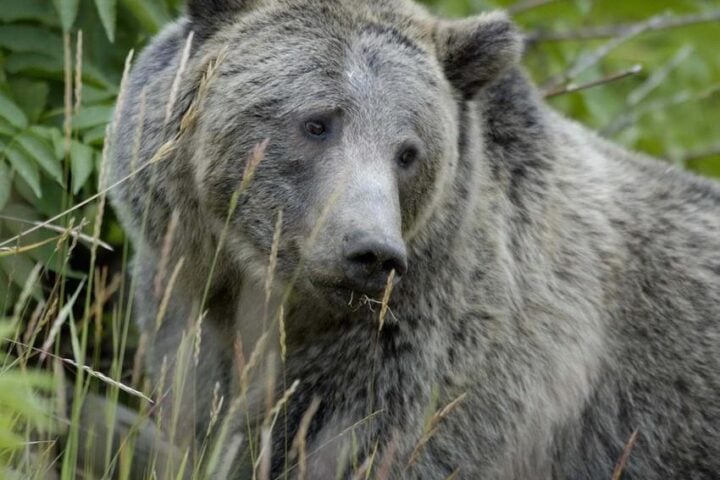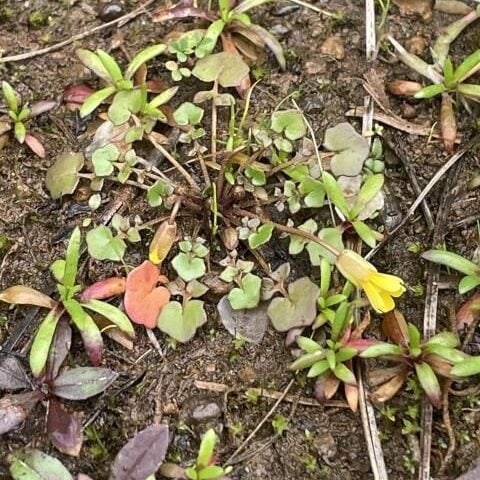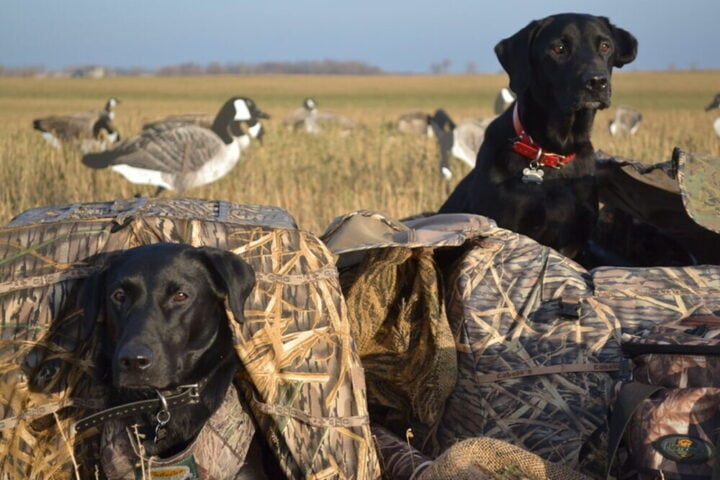Researchers in South Africa injected radioactive material into the horns of 20 rhinos to reduce poaching. The idea is for radiation detectors already installed at national borders to detect these horns and help authorities arrest poachers and traffickers. The research, involving veterinarians and nuclear experts, starts by calming the animal before carefully drilling a hole in the horn to insert the nuclear material.
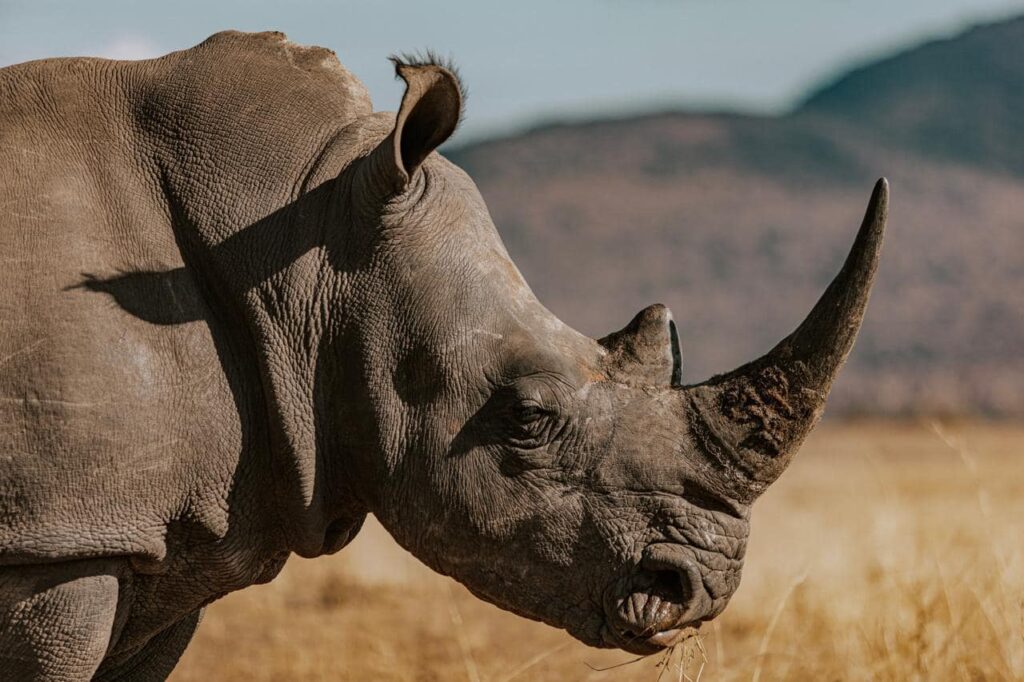
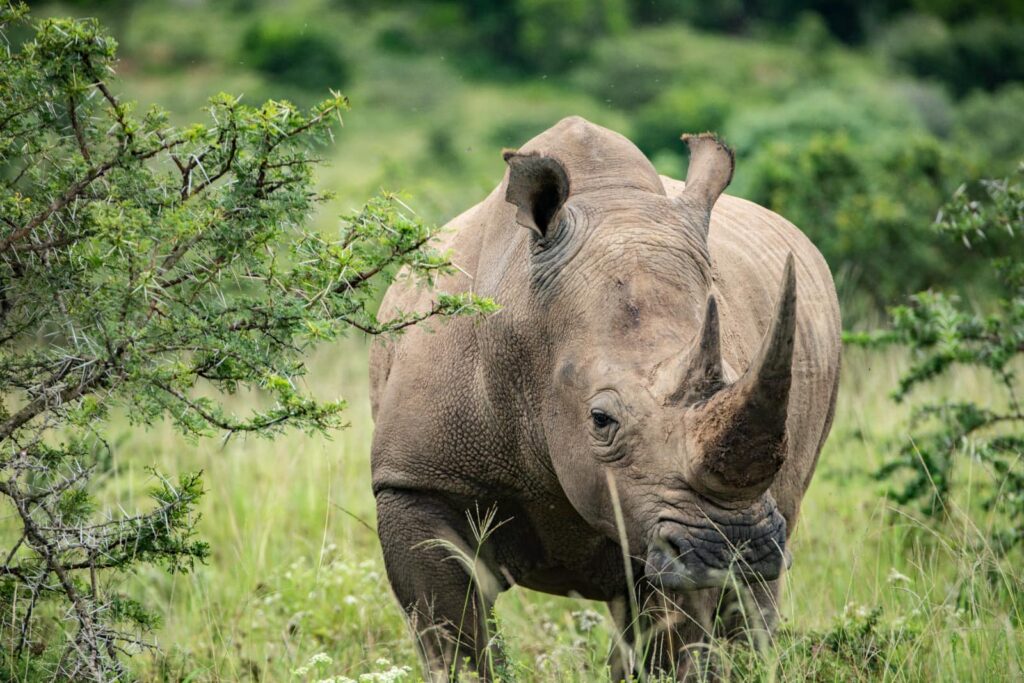
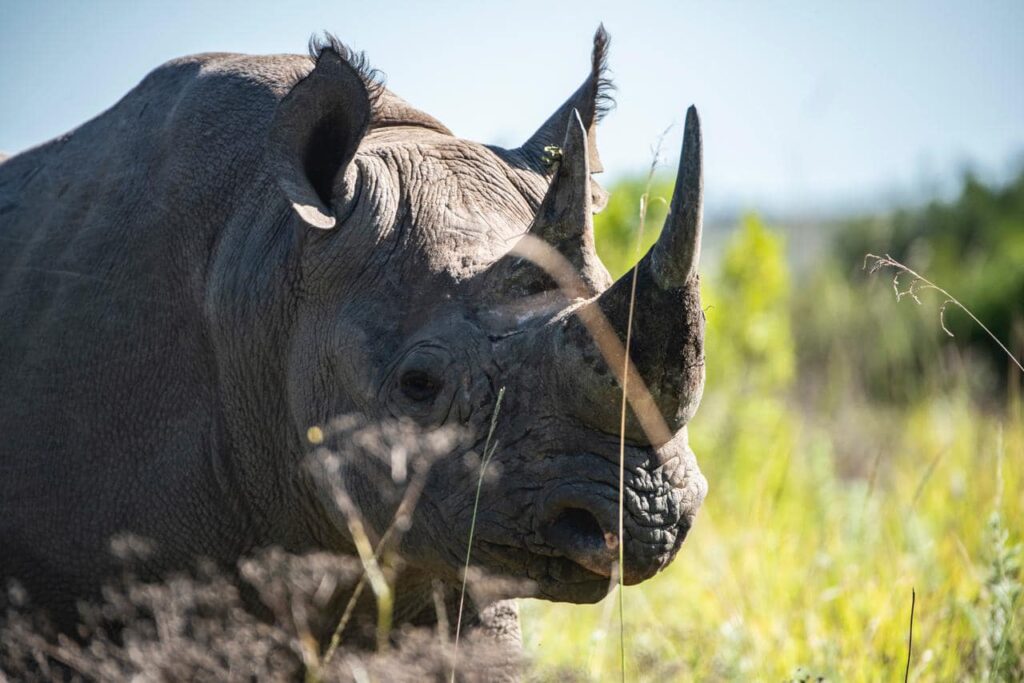
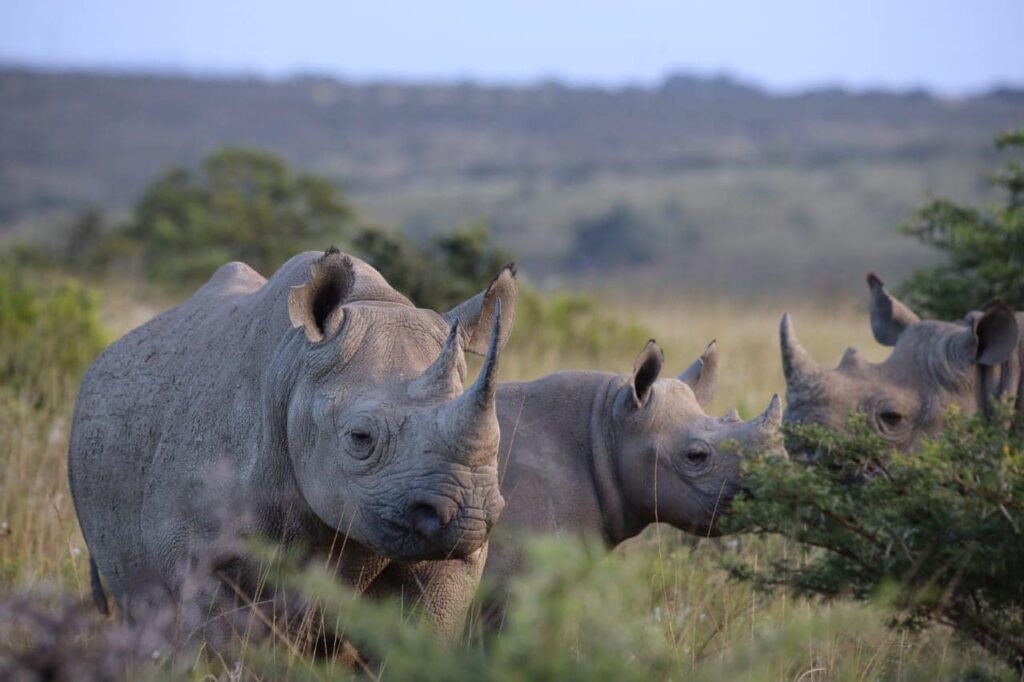
The researchers from the Health Physics and Radiation Research Unit at the University of Witwatersrand in South Africa injected these isotopes into 20 live rhinos. They hope the process can be replicated to save other vulnerable wildlife species from poaching, such as elephants and pangolins. “What we’re doing today is we are making history we are putting radio isotopes into the horn of rhino for the first time,” said Professor James Larkin, who leads the Rhisotope Project. “We are doing this because it makes it much easier to intercept these horns as they are trafficked across international borders, leveraging a global network of radiation monitors designed to prevent nuclear terrorism,” he added.
According to figures from the International Union for Conservation of Nature, global rhino populations were around 500,000 in the early 20th century. Now, they are around 27,000 due to the continued demand for rhino horns on the black market. South Africa has the largest rhino population, approximately 16,000, making it a critical area where over 500 rhinos are killed each year.
Similar Post
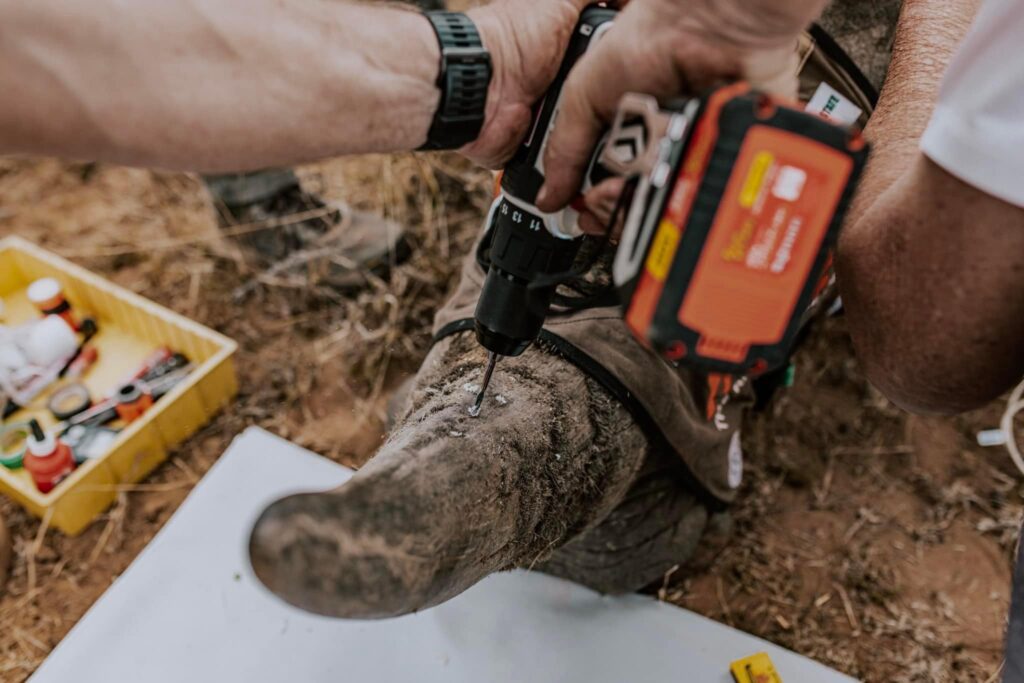
Rhino poaching declined significantly around 2020 during the COVID-19 pandemic but increased as restrictions were eased. “Every 20 hours in South Africa a rhino dies for its horn. These poached horns are then trafficked across the world and used for traditional medicines, or as status symbols. This has led to their horns currently being the most valuable false commodity in the black-market trade, with a higher value even than gold, platinum, diamonds and cocaine,” said Dr. Larkin. While the idea has received support from some in the industry, researchers have had to overcome many ethical obstacles raised by critics of their methodology. “Over months of research and testing we have also ensured that the inserted radioisotopes hold no health or any other risk for the animals or those who care for them,” explained Dr. Larkin.
The Rhisotope Project, launched in 2021, employs nuclear science innovatively for rhino conservation. During the project, two tiny little radioactive chips were inserted into the horn of rhinoceros, rendering the horn useless and poisonous for human consumption. This non-lethal solution has potential to reduce demand from end-users and protect rhinos from extinction. “This is an example of how cross-disciplinary research and innovation makes a real difference. This novel approach pioneered by Prof Larkin and his colleagues has the potential to eradicate the threat of extinction our unique wild-life species, especially in South Africa and on the continent.” said Professor Lynn Morris, the Deputy Vice-Chancellor: Research and Innovation at Wits University.
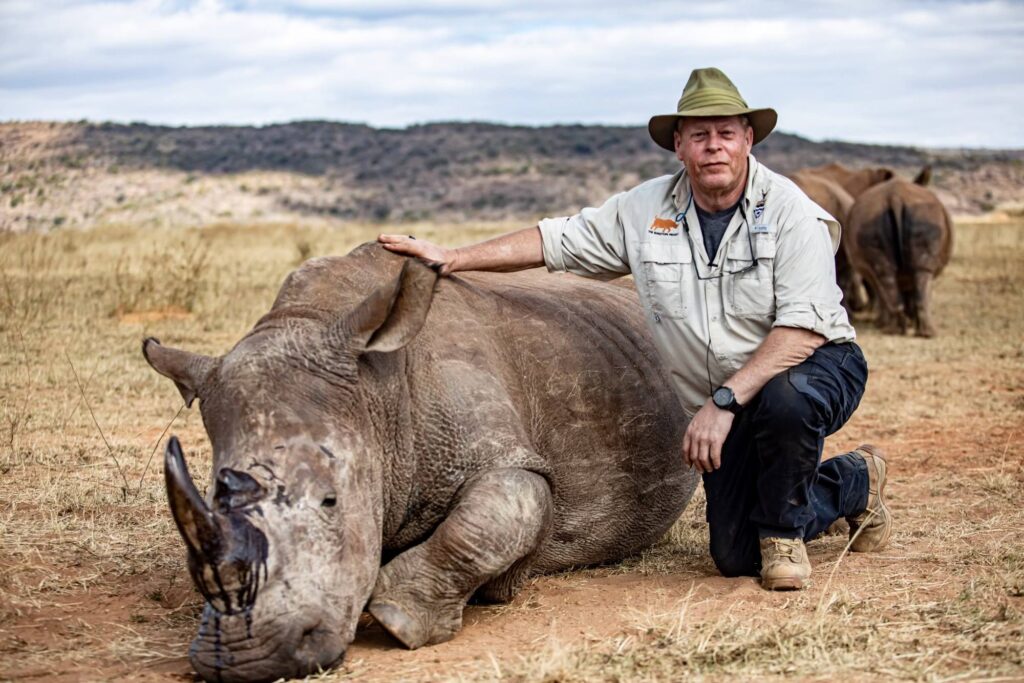
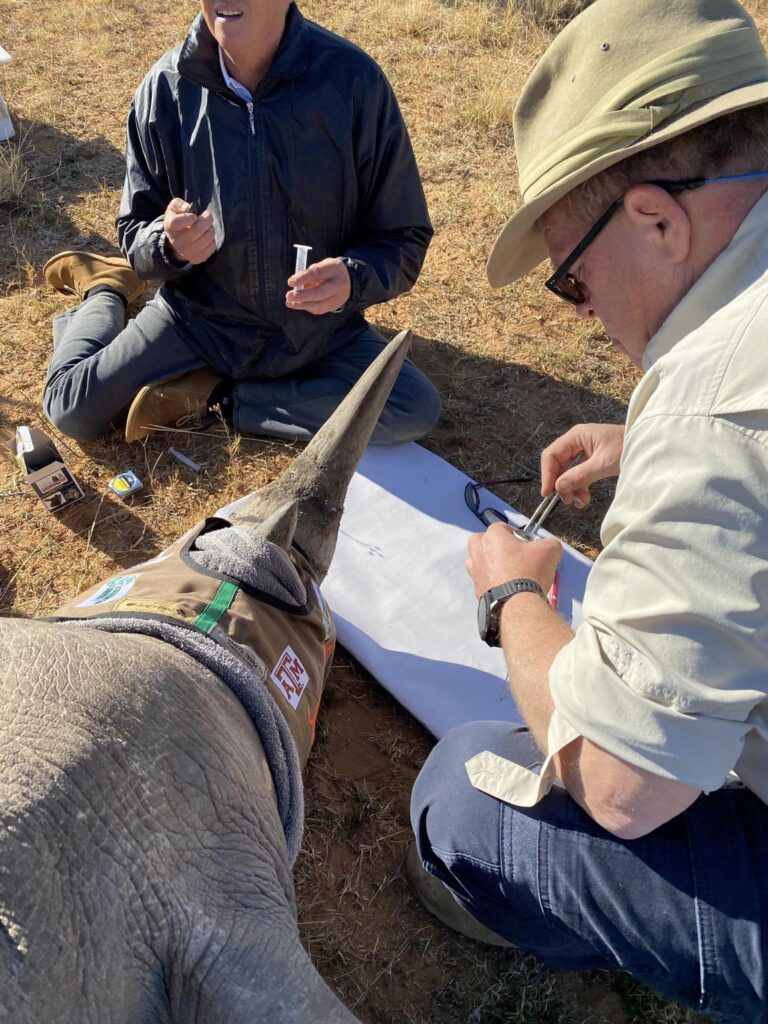
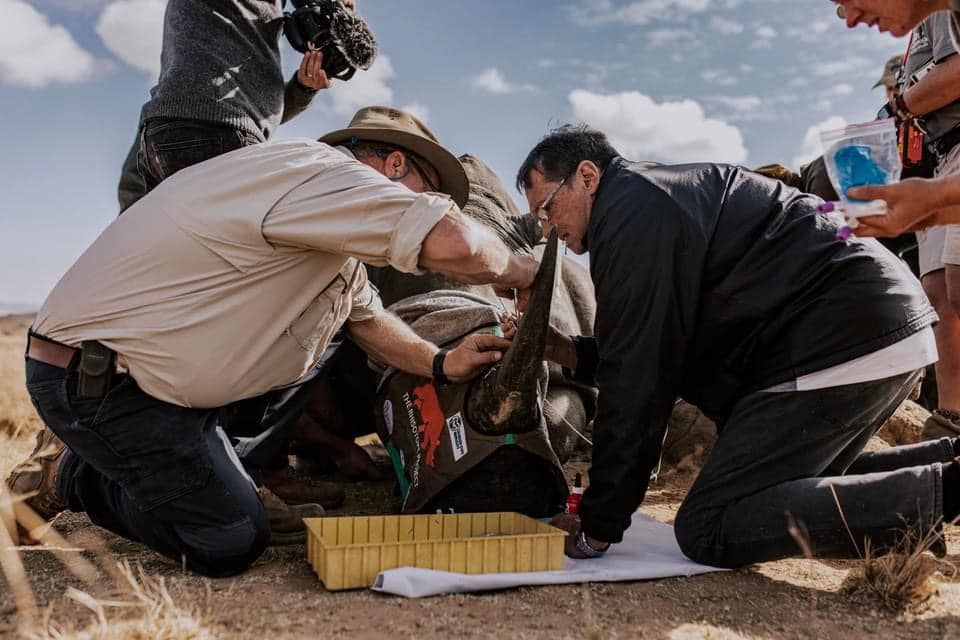
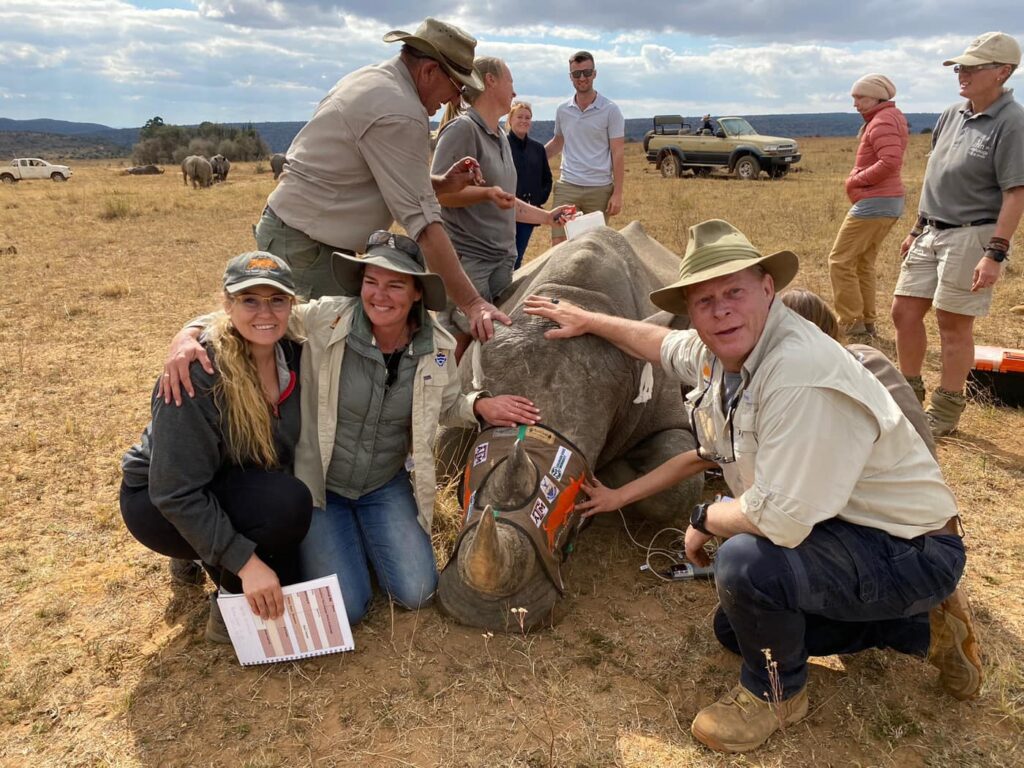
The final phase of the project includes aftercare and monitoring through follow-up blood samples to ensure the animals are not adversely affected, with the radioactive material effective for five years, proving more cost-effective than dehorning every 18 months.
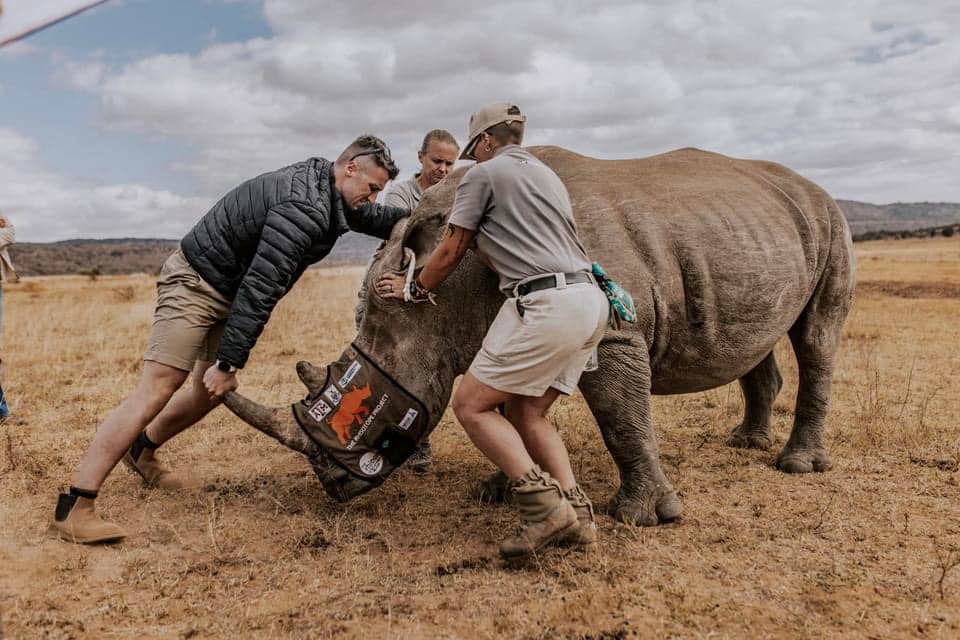


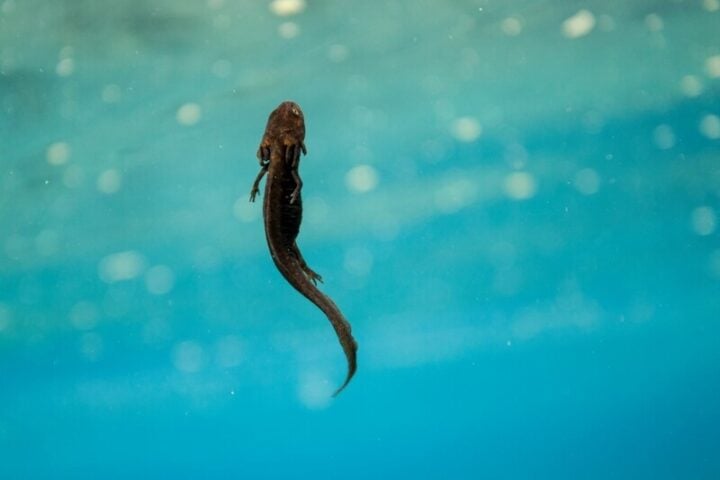
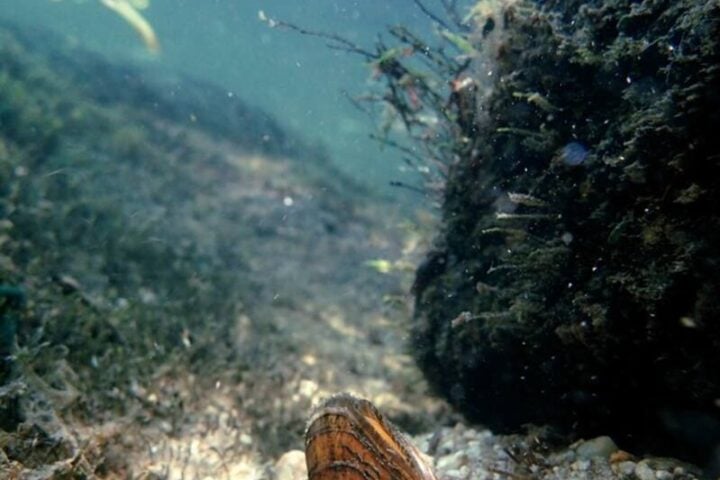
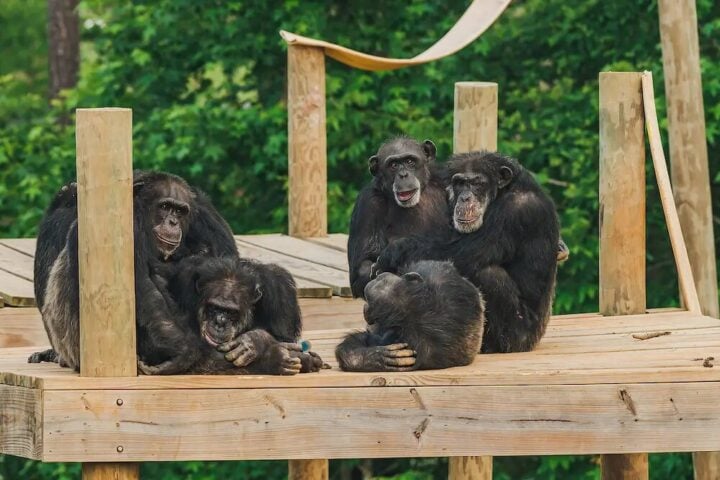


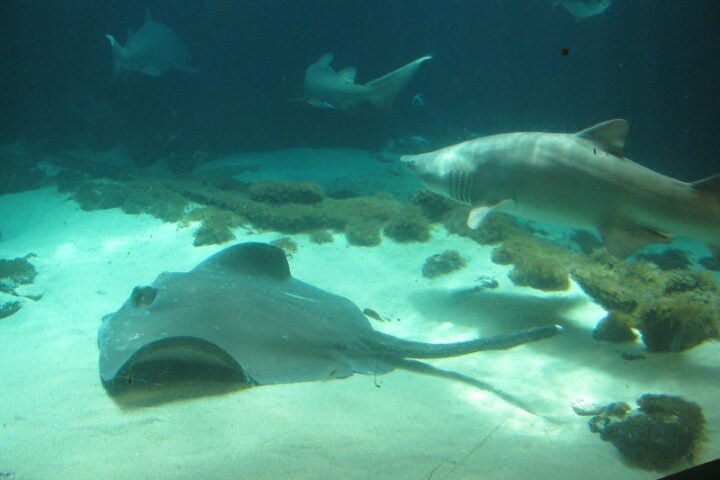
![Representative Image: European Starling [49/366]. Photo Source: Tim Sackton (CC BY-SA 2.0)](https://www.karmactive.com/wp-content/uploads/2025/04/Starlings-Drop-82-in-UK-Gardens-as-Birdwatch-2025-Reveals-Record-Low-Count-Since-1979-720x480.jpg)
